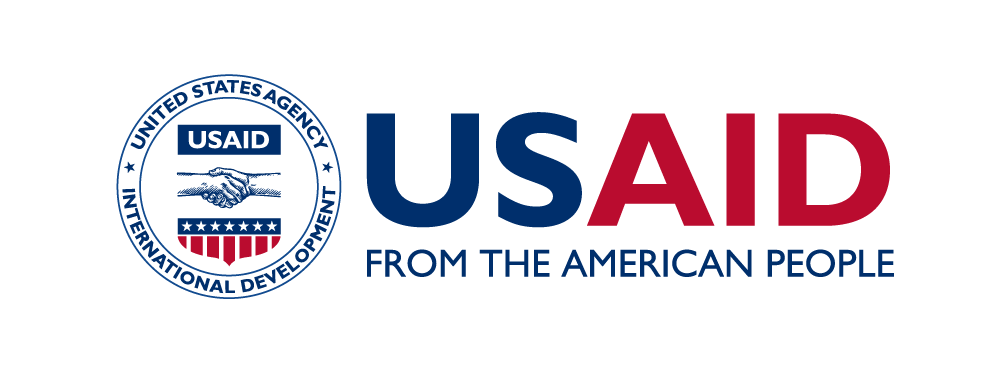Modeling Impact of the Health Finance & Governance Project
Categories: Health Finance, Health Insurance (CBHI, SHI), HIV/AIDS, Malaria and Other Vector-borne Disease, Maternal, Neonatal and Child Health (MNCH), Public Financial Management, Publications
Over its six-year life (2012-2018), the project worked with more than 40 partner countries to increase their domestic resources for health, manage resources more effectively, and reduce system bottlenecks in order to increase access to and use of priority health services and strengthen health systems overall. HFG provided state-of-the-art and country-specific technical assistance to remove obstacles that impede effective health system functioning and essential reforms. Recognizing the importance of measuring its impact, HFG quantified its return on investment for HFG health systems strengthening efforts.
HFG and its partner Avenir Health conducted a rigorous exercise to estimate the impact of the project’s health systems strengthening activities on its overall goal: increased use of priority health services. We used Spectrum, a suite of modeling tools developed by Avenir Health and partners, to quantify impact on mortality and morbidity based on changes in the coverage of specific priority health services due to the project’s activities aimed at improving access, quality, and use of health care. Given the diverse activities of HFG and the challenge of establishing a measurable causal link between project activities and coverage effects, we adopted a conservative approach and chose for this impact modeling exercise a subset of HFG activities for which a direct link was apparent. Based on these parameters, the exercise was conducted for eight country programs: Bangladesh, Cote d’Ivoire, Cameroon, Ethiopia, Haiti, Nigeria, Senegal, and Vietnam.
Using a methodical approach, we analyzed individual project activities in these countries and the expected effects on service coverage to estimate the impact on morbidity and mortality. We examined how our activities, including implementing strategies for improved human resources for health, operationalizing health insurance schemes, rolling out packages of health services, and using costed plans and packages to advocate for more financial resources, will increase access to health services, which in turn will lead to greater coverage of health services among targeted populations and ultimately to reduced morbidity and mortality. We modeled the impact of HFG’s activities by quantifying the number of deaths that were averted as a result of HFG-supported strategies and reforms.
The modeling results indicate that continued implementation of health systems strengthening strategies like those HFG supported would bring significant expansion of health care coverage and enhanced health outcomes.
This report presents country- and activity-specific results and the methodology for estimating coverage changes and impact. We hope this modeling exercise adds to the global understanding of how the impact of health systems strengthening can be measured. It provides powerful evidence on why investment and effort in strengthening health systems must continue.
Download



